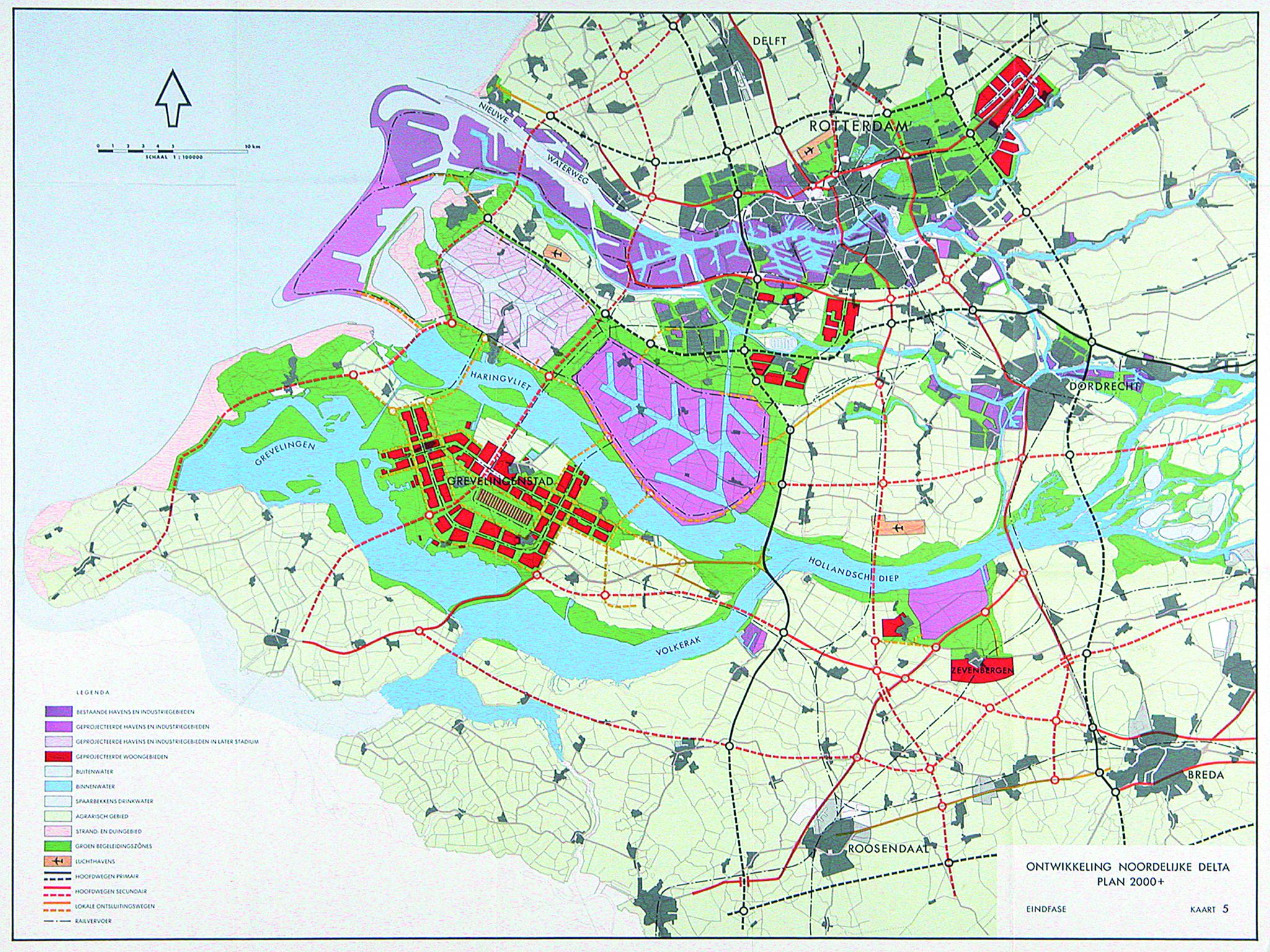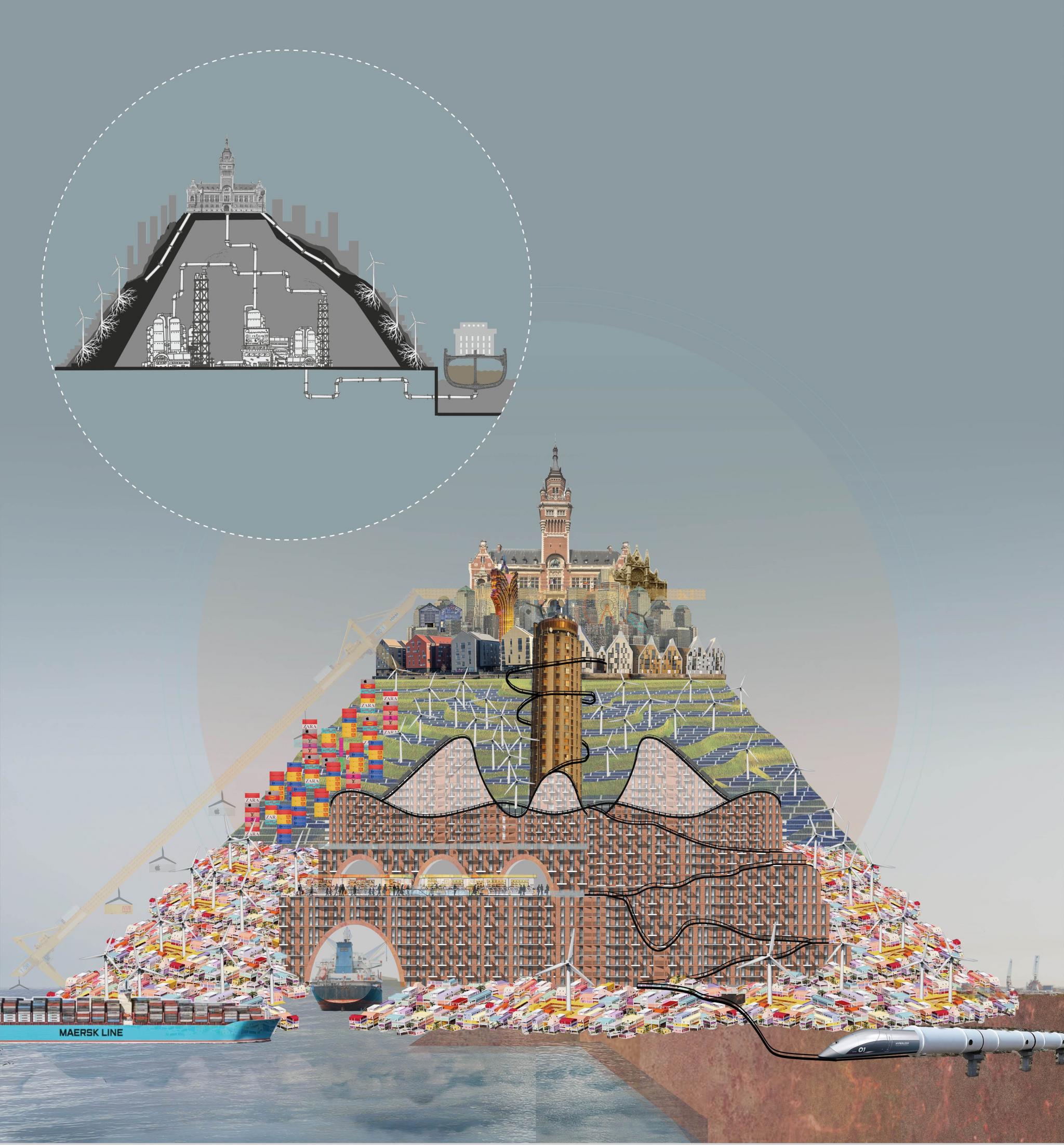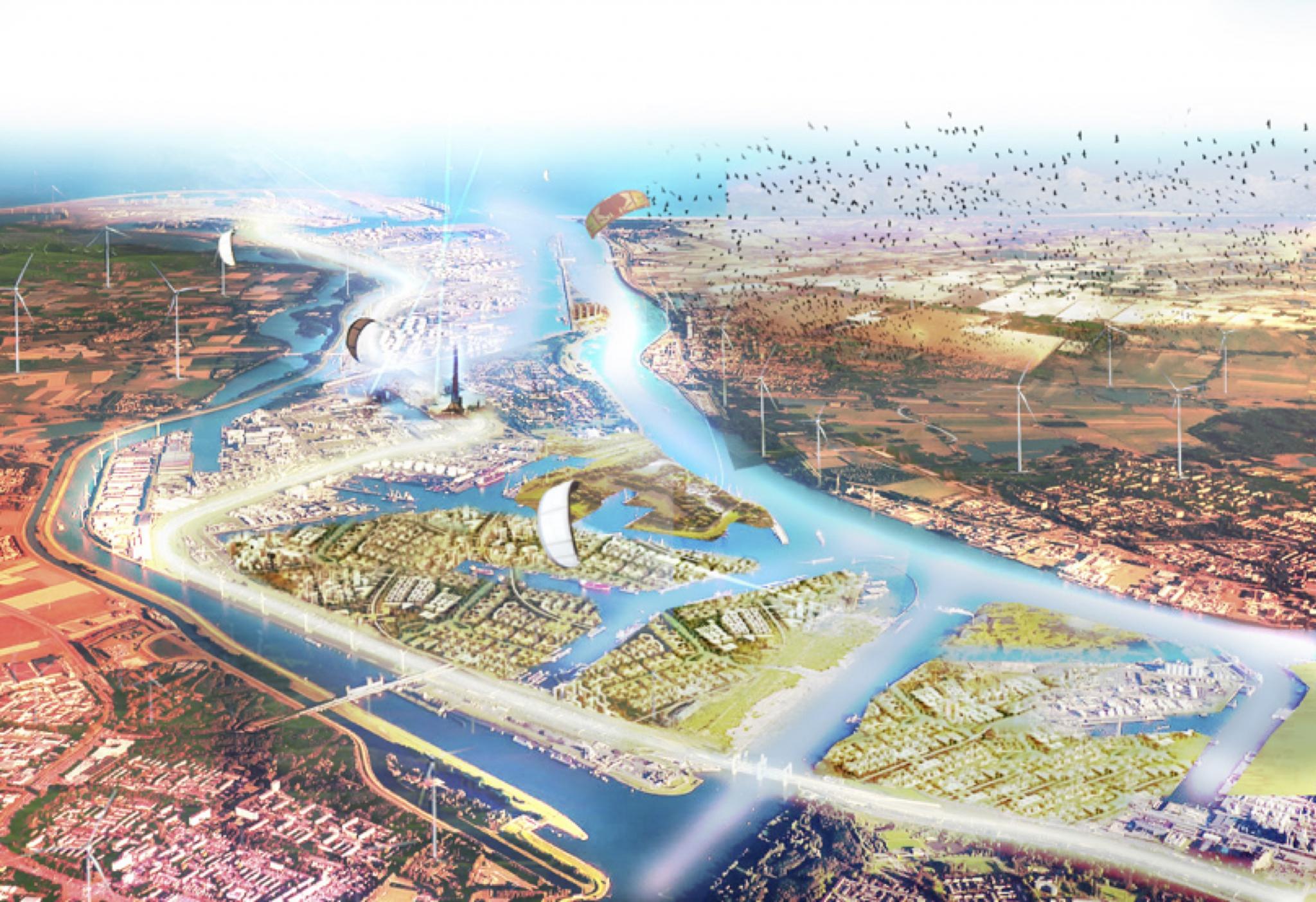Carola Hein
What if we had the chance to reboot and redesign our society? Who would have considered it possible that the current pandemic crisis offers exactly that opportunity? Within a matter of weeks, we have experienced a change in lifestyle that seemed impossible as a response to climate change a few months ago. The COVID-19 pandemic is hitting people and businesses hard. This is also true of ports and their surrounding cities. Attempts to protect people from a life-threatening disease have changed the functioning of such port cities around the world. In some, ships continue to deliver much-needed goods. But in others, they have become floating storage or laid up, upsetting the entire maritime system. Meanwhile, streets and public spaces are emptier than usual, with satellite images revealing significant drops in air pollution. While some people are working harder than ever—think of the medical professions—others have lost their jobs and their livelihood or even died.
Although there is yearning to go back to the way things were before the pandemic, there is also widespread acknowledgment that we have entered a new phase and should be sketching plans for the future. But, in view of the climate crisis, should we even wish to go back, or as Andrew Littlejohn aptly put it: Is our “normalcy” killing us? The COVID-19 challenge can serve as a moment for port authorities to rethink their attitude towards surrounding territories, their collaboration with cities and regions and their relationship with space, society and culture. Strips of tape on floors are being used to keep people apart, but we need to make sure that post-pandemic society doesn’t involve increased social, spatial or environmental disparities.
The current crisis has revealed the power of lifestyle changes. They have not been voluntary, but they have had an impact. Being forced to pause can lead people to reevaluate their understanding of time and space or their trust in science and the predictability of the future. It may be too early to make firm predictions, but it may be the right time to think about what I call “what if histories,” trying to imagine the current spaces and societies, if historical projects had been realized, and what others call “design fiction,” referring to design as a practice to explore and criticize possible futures. For example, what would it mean for port logistics, if port cities and their regions limited transportation? What would it mean for the spaces and socio-cultural development of port cities if petroleum storage and refining sites closed to make way for new energy systems and port functions? What would it mean for port cities if cruise ships didn’t travel but hosted Virtual Reality shows of far-away places while staying in port? Such questions can be posed to design students to develop new ideas and visions.
Even without the current pandemic, port city regions around the world face complex problems that require rethinking and collaboration on the part of port, city and regional actors. There is a need for integrated spatial and social planning and design measures so that port, city and region can jointly evolve in a limited space. The OECD Port-Cities Programme has called for any vision for ports to be “imaginative rather than technocratic”.[i] Their research hints at the need for port, city and other actors to prepare the ports and their surrounding regions for coming challenges of climate change, digitization and migration, instead of the economic and port-competition criteria that have long dominated port city decisions about infrastructure and planning.
Utopias have always played an important role in imagining the future. Historians tend to analyze these plans in their respective political, economic or spatial context, but we can also try to understand what decisions of the past mean for the present that we are experiencing now. For example: What if the 1969 plan for the so-called 2000+ for the Rotterdam region (Fig. 1) had been realized? What if the port of Rotterdam had extended South and the area of Voorne-Putte had become harbor land? What if the agricultural area of Goeree-Overflakkee had become the new town Grevelingenstad for more than 500.000 people? Would we have the same discussions on infrastructure, housing or environmental pollution that we are having today? How would this have changed the way the Rotterdam port city ecosystem functions? What challenges would we be facing now?

Visualizations such as that of the 1969 plan can capture in a single image a whole spatial and social program. The 1969 plan stood for the paradigms of faster, bigger and further away. Similar visualizations can also serve as design fiction to clarify societal implications for the future. Rashid Ayoubi, a student in the MSc 2 Architecture and Urbanism Beyond Oil developed a critical and dystopian project. He imagined a past where four “companies”— Oil Arch, GreenLeaf, Every Drop Matters, MADInc. — created a giant mountain over an abandoned refinery for the production of the last drops of oil. While the refinery satisfies the society’s needs for petroleum as a component in medicine, this hidden back end serves the people of Dunkirk, who use the global container trade and additional green energies to devote themselves to consumption and play. Other students have developed concrete visions for the future of the Port of Rotterdam. These may or may not be realistic visions and they may or may not be desirable. However, testing the reaction to these kinds of visions may help us identify the values that are meaningful for the future of ports, cities and their regions.
 Fig. 1: Rashid Ayoubi, Design fiction for port and city of Dunkirk
Fig. 1: Rashid Ayoubi, Design fiction for port and city of Dunkirk

To assure the long-term resilience of both ports and cities, more tools are needed to understand and improve spatial, social and cultural relations in port city regions. Such tools could help port authorities and city governments as well as other stakeholders to reflect on shared spatial, social and cultural developments at the intersection of sea and land. It is important to re-humanize the port authority even as—or perhaps because—the port dehumanizes. This does not mean promoting a nostalgic past, instead it means focusing on spaces where the port business makes an impact, even if these spaces are not under the port authority’s control. This means sharing the practices and skills of the port for the benefit of the city and region. Advanced knowledge of logistics and digitization may serve cities, but educational and cultural facilities can provide the creativity needed to imagine the port of the future.
To (re)-anchor the port in its larger physical context, the port needs to engage again with local social and regional practices. We need ways not only to measure the economic or infrastructural impact of the port, but also its presence in the societal and cultural context of its larger region. Citizen support is a key element to re-establishing links between ports and regions, and tools are needed to gain that support. Such an engagement is important both to educate the port workers of the future (human capital), but also to interact with the population at large and to create a maritime mindset, where the creativity of the larger population engages with maritime practices, and contributes to long-term port city resilience. Rather than short-term marketing efforts, what is needed is long-term engagement with local publics through education, spatial integration, social investment, cultural engagement and questions about how lifestyles and culture can contribute to (re)building shared values of port, city and region, a task that the PortCityFutures research group has taken on.
Acknowledgement
This blog has been written in the context of discussions in the LDE PortCItyFutures research community. It reflects the evolving thoughts of the authors and expresses the discussions between researchers on the socio-economic, spatial and cultural questions surrounding port city relationships. Special thanks to Andrew Littlejohn, Maurice Jansen Paul van de Laar and Sabine Luning for comments and reviews.
An earlier version of this blog appeared on the blog “ESPO keeps going” – week 7.
References
[i] Olaf Merk, "The Competitiveness of Global Port-Cities: Synthesis Report," (2013). p. 62.
